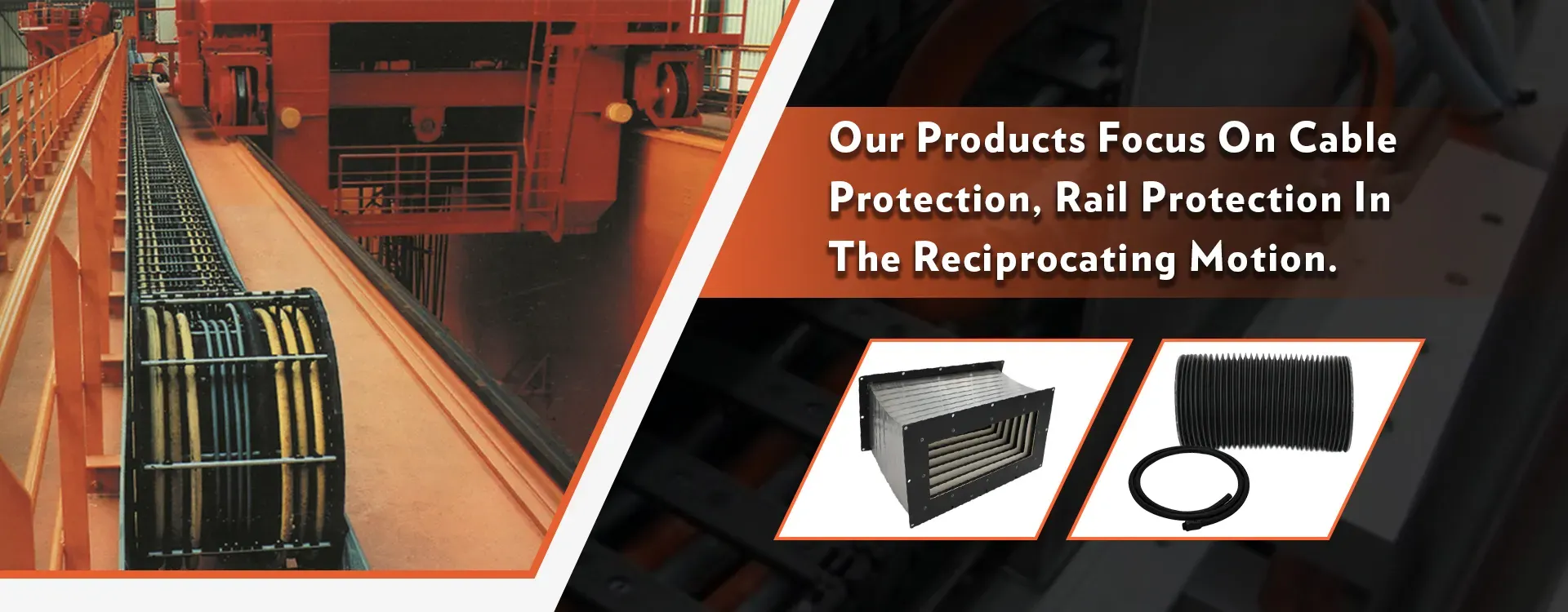cable carrier chain
The Evolution and Importance of Cable Carrier Chains in Modern Industries
In contemporary manufacturing and automation, the efficient management of cables is critical for productivity and safety. One of the most significant innovations in this domain is the cable carrier chain, also known as a drag chain or energy chain. These structures play an essential role in protecting and guiding cables and hoses used in various machines and industrial applications. This article explores the evolution, design, applications, and benefits of cable carrier chains, emphasizing their importance in modern industry.
Understanding Cable Carrier Chains
Cable carrier chains are systematic arrangements designed to organize and protect cables, electrical wires, and fluid hoses in moving applications. Unlike traditional cable management methods, which often resulted in tangling and wear due to friction and movement, cable carrier chains provide a sleek and efficient solution. These chains are composed of a series of interconnected links that form a channel where cables can be housed safely while maintaining mobility and flexibility.
Historical Context
The concept of cable management dates back several decades, but the advent of cable carrier chains revolutionized the industry. Initially, industries relied on simple methods such as using conduits or cable ties to manage their wiring systems. However, as machinery became more complex and the need for efficient movement grew, it became clear that a more sophisticated solution was required. The first cable carrier chains emerged in the latter half of the 20th century, and since then, they have evolved significantly in terms of materials, designs, and applications.
Key Design Features
Modern cable carrier chains come with a variety of design features that enhance their usability. They are typically constructed from durable materials like plastics, steel, or aluminum, providing optimal strength while remaining lightweight. Many designs allow for easy assembly and disassembly, facilitating maintenance and upgrades. Additionally, cable carrier chains can be customized in size, length, and shape to fit specific applications, accommodating varied cable types and loads. Some chains even feature built-in strain relief systems, reducing wear and tear on the cables housed within.
cable carrier chain

Applications Across Industries
Cable carrier chains find applications across a myriad of industries, from manufacturing and robotics to aerospace and automotive sectors. In manufacturing plants, they are commonly used in CNC machines, conveyor systems, and robotic arms, where dynamic movements necessitate a reliable means of cable management. In the aerospace industry, these chains provide essential support for complex wiring systems in aircraft, helping to ensure safety and functionality. The automotive sector utilizes cable carrier chains in assembly lines, allowing for streamlined operations and improved efficiency.
Benefits of Cable Carrier Chains
The advantages of implementing cable carrier chains are numerous. Firstly, they enhance safety by reducing the risk of cable damage, which can lead to machinery malfunctions or even hazardous situations. Secondly, they significantly improve the lifespan of cables, as they minimize friction and tangling. Additionally, cable carrier chains contribute to cleaner work environments by organizing cabling systems and preventing clutter. This, in turn, can lead to reduced operational downtime and increased productivity, as employees can work more efficiently in a well-organized space.
Future Trends
As technology continues to advance, the future of cable carrier chains looks promising. Innovations such as smart sensors integrated into carrier chains are emerging, allowing for real-time monitoring of cable conditions and usage. Furthermore, the move towards sustainable materials presents an exciting avenue for development, with companies exploring biodegradable or recyclable components. The ongoing refinement of designs to accommodate more complex machinery and automation solutions underscores the adaptability of cable carrier chains to meet ever-evolving industrial needs.
Conclusion
In conclusion, cable carrier chains play a vital role in maintaining efficiency and safety in various industrial applications. Their evolution from simple cable management solutions to sophisticated systems reflects the changing demands of modern machinery and automation. As industries continue to innovate, cable carrier chains will undoubtedly remain integral to cable management, paving the way for safer and more efficient operations in the future. Whether in manufacturing, robotics, or any other sector, the importance of these chains cannot be understated, making them an essential component of today’s industrial landscape.








